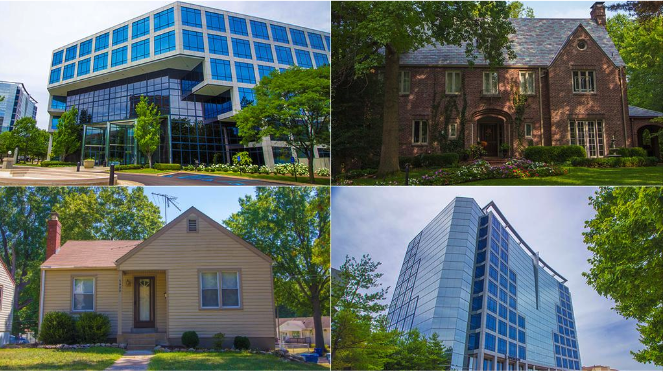By St. Louis REALTORS for St. Louis Business Journal
Feb 1, 2022
Building codes exist to protect the health and safety of St. Louis County residents. However, St. Louis County building codes are full of redundancy and inconsistencies that pose real risks for residents and create inefficiencies and backwardness across the region.
St. Louis REALTORS® compiled the first comprehensive list of building codes in operation across the county’s 89 jurisdictions and received 42 building codebooks, constituting 809 chapters and 16,786 pages of building codes that must be followed and enforced across the county.
These findings resurface a long-standing question: why are 89 jurisdictions imposing their own specific codes when one set of codes would improve safety and trim costs? Keep reading to learn how duplicative and inconsistent regulations have undermined the region for years and why it’s time to start a good-faith conversation about unifying building codes.
Health and safety
Inconsistencies in building codes across St. Louis County’s 89 municipalities means not all residents have the same protection. The inspections and permits that flow from inconsistent codes result in different outcomes for residents, sometimes putting their health and safety at risk.
Another fault of fragmented codes is the process to update codes to better protect residents and inspectors — say in the instance of a pandemic — would require 81 changes in policy to shift regulations.
Susan Rollins, former director of the Housing Authority of St. Louis County explains. “Depending on what level of certification or education code inspectors have in your particular area, you may get a different outcome and sometimes an outcome that can really hurt families. Having one code book and one enforcement entity would provide uniformity in codes and inspections and allow regulations to shift faster to better protect both residents and inspectors.”
Home buying and selling
When a home goes on the market, code inspections and occupancy permits are involved — forcing the buyer and seller to navigate a maze of requirements to bring a house up to code. The inconsistency and complexity of building codes in St. Louis county protect some buyers more than others and can result in additional costs and delays for both parties.
René Brauner, St. Louis REALTORS® board member, explains. “Some municipalities require the home to pass code compliance for occupancy and others don’t which means some buyers are more protected than others. In areas that do require occupancy permits, the outdated and overcomplicated codes create obstacles for both the buyer and seller.”
Equitable access to housing
The complex web of building codes and the enforcement among St. Louis County municipalities gives the region a reputation for inefficiency and backwardness and influences where housing providers are willing to build or buy properties.
“Landlords and investors know that in one region they’re not going to get as difficult an inspection as in another area and it creates inequity in where individuals are living and inequity in where landlords are willing to buy units or where investors build new homes,” said Rollins.
The maze of local rules also makes rehabilitating homes in St. Louis County extremely complex, undermining property values and creating barriers to expanding housing opportunities in communities that need it most.
“Fragmented codes make it unclear what is required to bring a house up to code and what it will cost you to do that. This deters investors from rehabbing properties and hinders economic recovery for people living in those neighborhoods,” explained Brauner.
Community development
Businesses are less likely to invest in municipalities with a complex web of permitting systems and inspections compared with jurisdictions that don’t have so many overlapping layers of bureaucracy.
“We’ve created a scenario where businesses like grocery stores and pharmacies are building in areas where it’s easier to get through the different hoops,” Rollins explains. “And who ends up losing? Probably that area that’s in a food desert and really needed that grocery store.”
Bureaucratic barriers to investment create inequity in economic development and access to goods and services. Unifying codes would improve safety and equity, streamline the job for all involved, and trim costs along the way.
“The potential to revitalize certain communities would increase if you had just one uniform hoop to jump through. Because that’s the one piece that gets the ball rolling when you’re thinking about building or investing in certain areas,” she said.
Finding a solution
Fragmented building codes have undermined residents’ safety and community development for decades. The need to reduce confusion and bureaucracy with a uniform, single set of codes has never been greater in St. Louis County.
Unifying codes would have no effect on municipalities’ sovereign zoning authority, architectural reviews, or comprehensive planning and would not change the look and feel of individual communities.
Now is the time to start a good-faith conversation about inconsistent building codes that affect all St. Louis County residents. St. Louis REALTORS® is currently collecting stories about the impact of building codes and convening municipal leaders and stakeholders to find a solution to create a “Safer. Simpler. St. Louis County. “
Visit www.stlrealtors.com/pages/codes/ to learn more and share your story.

